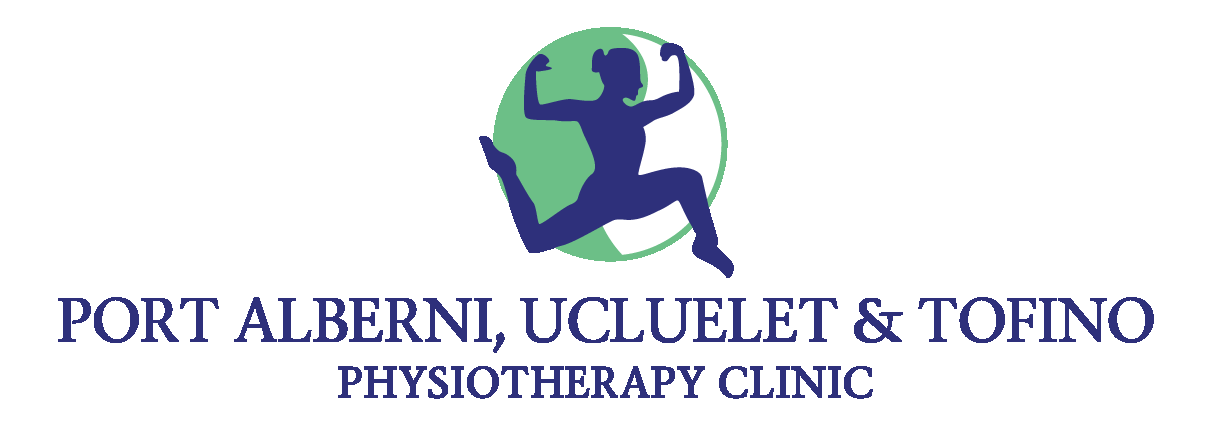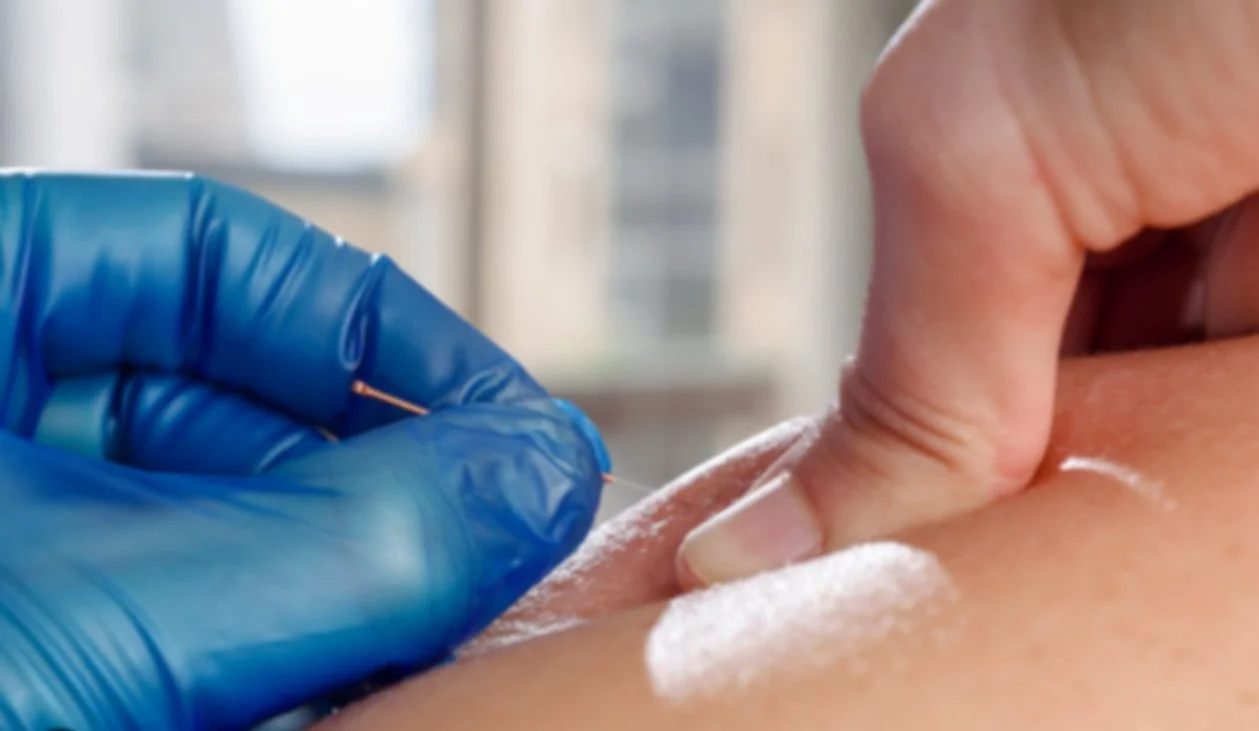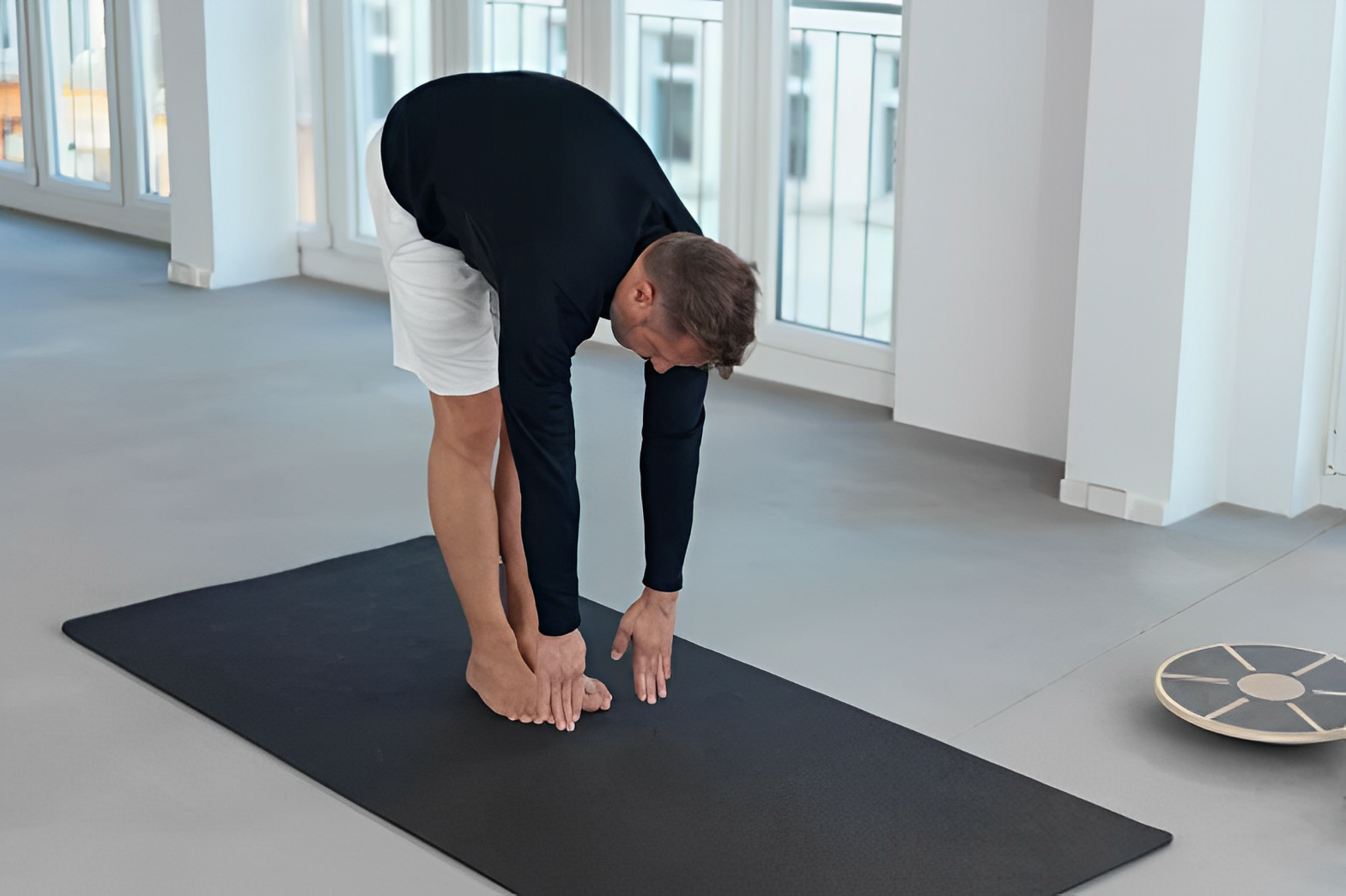Lateral Epicondylitis, or more commonly known as Tennis Elbow, is a common workplace and sport injury, but what actually is it? Tennis Elbow is classified as an overuse injury, which affects the tendons in the forearm, causing pain and discomfort in the outer part of the elbow. In this blog post, we will delve into the causes, symptoms, and treatment options for tennis elbow.
Causes and Symptoms:
Tennis elbow is caused by repetitive stress and strain on the forearm muscles and tendons, often due to repetitive upper limb activities such as computer use, lifting heavy loads , repetitive vibrations, and forceful wrist movements. Surprisingly, you don’t actually have to play tennis to get tennis elbow. Only 5% of people with the condition relate the injury to tennis. More commonly we see the injury in patients with repetitive one-sided movements in their occupation, such as mechanics, carpenters, electricians, gardeners, and office workers.
The primary symptom of tennis elbow is pain and tenderness on the outer side of the elbow, which can radiate down the forearm. The pain may worsen with activities that involve gripping, lifting, or wrist movements. In some cases, individuals may also experience weakness in their grip and difficulty performing everyday tasks.
Clinically, the most common complaint patients have when experiencing tennis elbow is elbow pain when lifting their purse or backpack, lifting a coffee mug, or gripping and using the steering wheel while driving.
Benefits of Physiotherapy Exercises for Tennis Elbow:
Physiotherapy exercises and treatment play a crucial role in managing and alleviating symptoms of tennis elbow. There is a lot of evidence to support gradual loading of the tendons in the elbow and wrist in combination with manual therapy such as elbow mobilizations, massage, and dry needling for clinical and cost effective outcomes. More recently, research has shown that shockwave and prolotherapy may also be effective at treating tennis elbow. If symptoms are resistant to physiotherapy treatment, surgery may be indicated.
In cases where a patient needs to use their upper limb for work purposes or performance and is unable to rest, a tennis elbow brace may also be effective. A tennis elbow brace essentially helps to offload the tendons in the elbow so they are not repetitively strained while the patient continues to complete work tasks or training. The placement of a tennis elbow brace is very important in order for it to be effective. If you are planning on using one, it may be beneficial to speak to your physiotherapist to review proper placement.
Out of all the different treatment methods, a combination of exercise, stretching, and manual therapy seems to be the most effective. Exercises aim to strengthen the affected muscles and tendons allowing them to respond better to load, decrease inflammation, and promote healing of the injured area. As with any exercise regimen, it is essential to consult with a qualified physiotherapist or healthcare professional to ensure the exercises are appropriate for your specific condition and stage of healing. Here are some entry level and effective exercises to try at home to get started:
1. Isometric Wrist Extension:
Rest your forearm on a table with your palm facing down.
Press your palm into the table as if trying to lift it off the surface, but keep your wrist still.
Hold this contraction for 10 seconds, then release.
Repeat 10 times on the affected side, complete 2-3 sets as tolerated
2. Eccentric Wrist Extension:
Sit on a chair with your forearm resting on your thigh, palm facing down, and your wrist hanging off the edge.
Hold a lightweight dumbbell or a resistance band in your hand and allow your wrist to drop downwards.
Then, slowly raise your wrist back to a neutral position.
Perform 3 sets of 10-15 repetitions on each side.
3. Pronation and Supination:
Hold a lightweight dumbbell or a soup can in your hand, with your forearm supported on a table.
Start with your palm facing down, then slowly rotate your forearm to bring your palm facing up (supination).
Return to the starting position and repeat the movement in the opposite direction (pronation).
Perform 3 sets of 10-15 repetitions on each side.
5. Wrist Extensor Stretch:
Extend your affected arm straight in front of you, palm facing down.
Use your other hand to gently bend your wrist downwards until you feel a stretch along the top of your forearm.
Hold the stretch for 30-45 seconds, repeating 3 times on each side.
Complete after your strengthening exercises
Tennis elbow might be a common injury, but with proper knowledge and early diagnosis, you can recover relatively quickly. Many factors contribute to the outcome and speed of recovery such as age, occupation, and consistency with exercises; However, the key lies in listening to early warning signs, gradual progression in activity, and seeking professional help when needed.
If you suspect you have tennis elbow or want to improve your technique to prevent it, consult with a qualified physiotherapist by clicking on the BOOK NOW button below. With the right approach, you can enjoy your favourite activities or bounce back to work with good outcomes.







